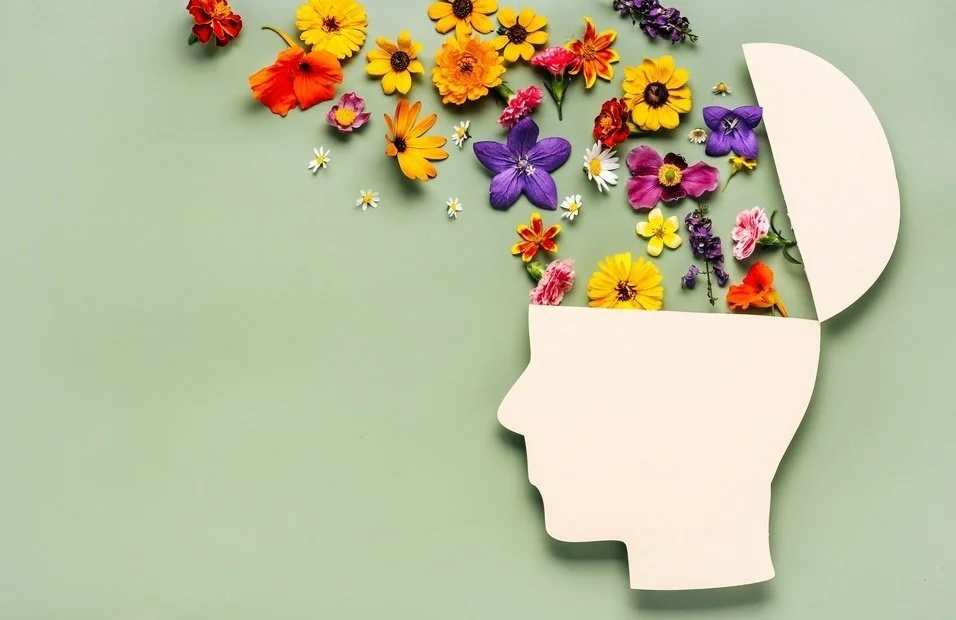Benefits of In-Person Therapy for Children
At Sage House, we offer therapy services for children, teens, and adults. Additionally, we are opening back up for in-person therapy sessions! A recent blog post covered the pros and cons of online and in-person therapy for adults. However, kids and adolescents often respond to therapy differently than adults. In this post, we’ll take a look at the benefits of in-person therapy for children and teens. Keep reading to find out more.
Younger children
In-person therapy can be more effective when working with younger children. Online, younger children may struggle to sit still and can get distracted more easily. Additionally, learning social skills in person can be part of the therapeutic process. It can even be confusing for kids to understand or differentiate what online therapy is. Shorter online check-ins may work, however full-length in-person sessions often are more fruitful.
Social cues
It can be difficult for a therapist to pick up on body language during online therapy. Additionally, it can be hard for children to pick up on body language and social cues when connecting online as well. If your child or teen tends to struggle with social cues, meeting with their therapist in person can be essential. Social cues can include body language, tone and pitch of voice changes, personal space or boundaries, and facial expressions.
Sensory experiences
Many forms of therapy are used at Sage House, including art therapy by registered art therapists. We also implement sand tray therapy and play therapy. Though these forms of therapy can sometimes be modified to use online, the tools and interaction required for them make it much more suited for in-person therapy. The hands-on and sensory experiences clients have are a part of the therapeutic process.
Art therapy
Art therapy involves using a variety of art materials available at our offices. Making art is often naturally a sensory experience, and clients can benefit by having a safe and confidential space in which to express themselves visually.
Sand tray therapy
Sand tray therapy is another way to communicate visually within a therapy session. Clients use various figurines within a sandbox to create a scene or respond to a prompt. As with art therapy, having a designated safe space in a therapy office can assist clients in exploring their feelings and resolving conflicts using sand tray therapy.
Play therapy
Play therapy is usually used with clients ages 3-12, and works to increase healthy expression, appropriate social skills, and positive problem solving using play. It can incorporate art, board games, music, dance, and other interactive forms of play.
Attention difficulty
For kids and teens with difficulty paying attention, in-person therapy can keep them more engaged. If a child has ADHD, sitting still is hard and requires a lot of energy, making online therapy more challenging. Younger kids with ADHD can especially have a hard time sitting still for online therapy. In-person therapy can be more effective with kids and teens who struggle to pay attention and get distracted easily.
Technology issues
As we all know, technology issues can present huge barriers to connecting online. If your internet connection is unreliable, in-person sessions will likely be more productive. Also, does your child or teen have a private space to hold their sessions? This is an important part of therapy, and if there isn’t a private and comfortable space in the home to hold an online session, consider in-person sessions instead.
Contact us for our latest protocols we implement in our office to keep you and your family safe and healthy.
Are you looking for more support for yourself or your child? Please reach out to us. Our team of therapists is here to provide support and guidance. We look forward to connecting with you.






